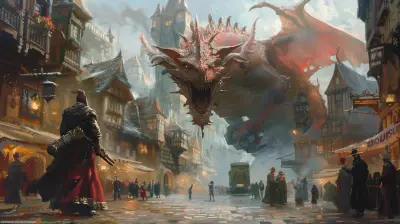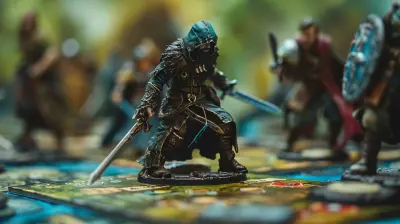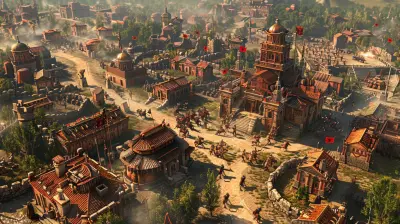Exploring the Intersection of Art and Code in Video Game Creation
25 August 2025
Okay, picture this: you're playing a game where the world feels like a painting that somehow came to life, the characters have more emotional depth than your favorite movie stars, and the mechanics are smoother than butter on a hot skillet. Ever wonder how all that gaming magic happens? Spoiler alert: it’s not just pure wizardry—it’s the powerful, quirky, and sometimes chaotic marriage of art and code.
Yeah, I said it—art and code. Two totally different worlds smashing together like peanut butter and jelly. And when they do it right? Oh, man. That's when the real gaming masterpieces are born.
So, buckle up, game lovers and curious minds alike. We're diving deep into how these two unlikely heroes—one all about feels and flair, the other built on logic and lines—collide to craft the worlds we can’t stop playing.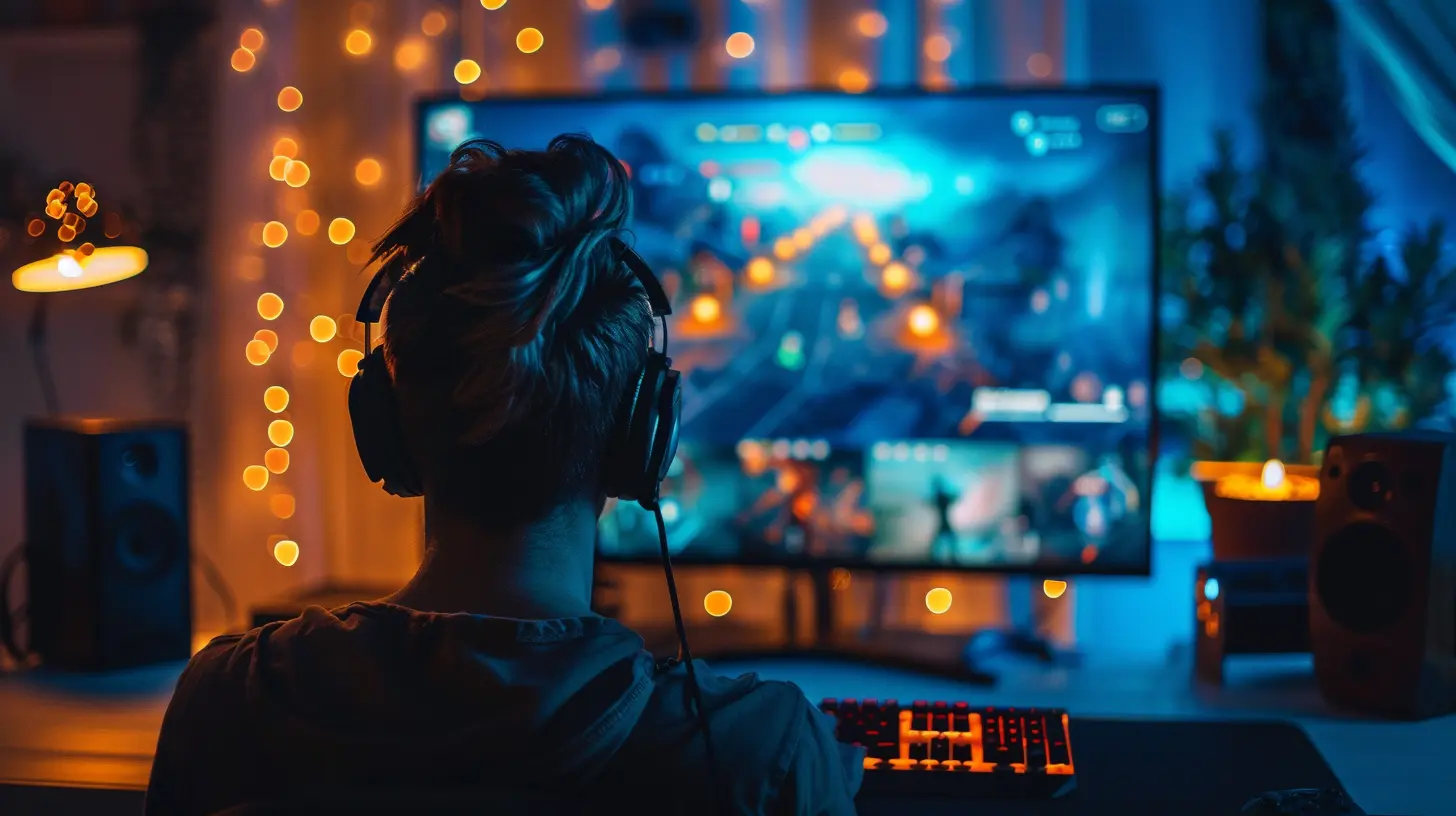
🎨 Code Meets Canvas: A Partnership in Pixels
You might think of games as just codes and scripts—lines upon lines of gibberish only a software engineer’s cat could love. But take a step back. Look again. Those lifelike sunsets in Red Dead Redemption 2? The haunting landscapes in Limbo? The psychedelic insanity of Sayonara Wild Hearts?That’s not just code. That’s art. Every background, character, sound, and even silence is infused with creative DNA. But none of it would be alive without code acting as the lungs, heart, and nervous system.
Art gives games their soul. Code gives them their body.
Let’s break that down a bit.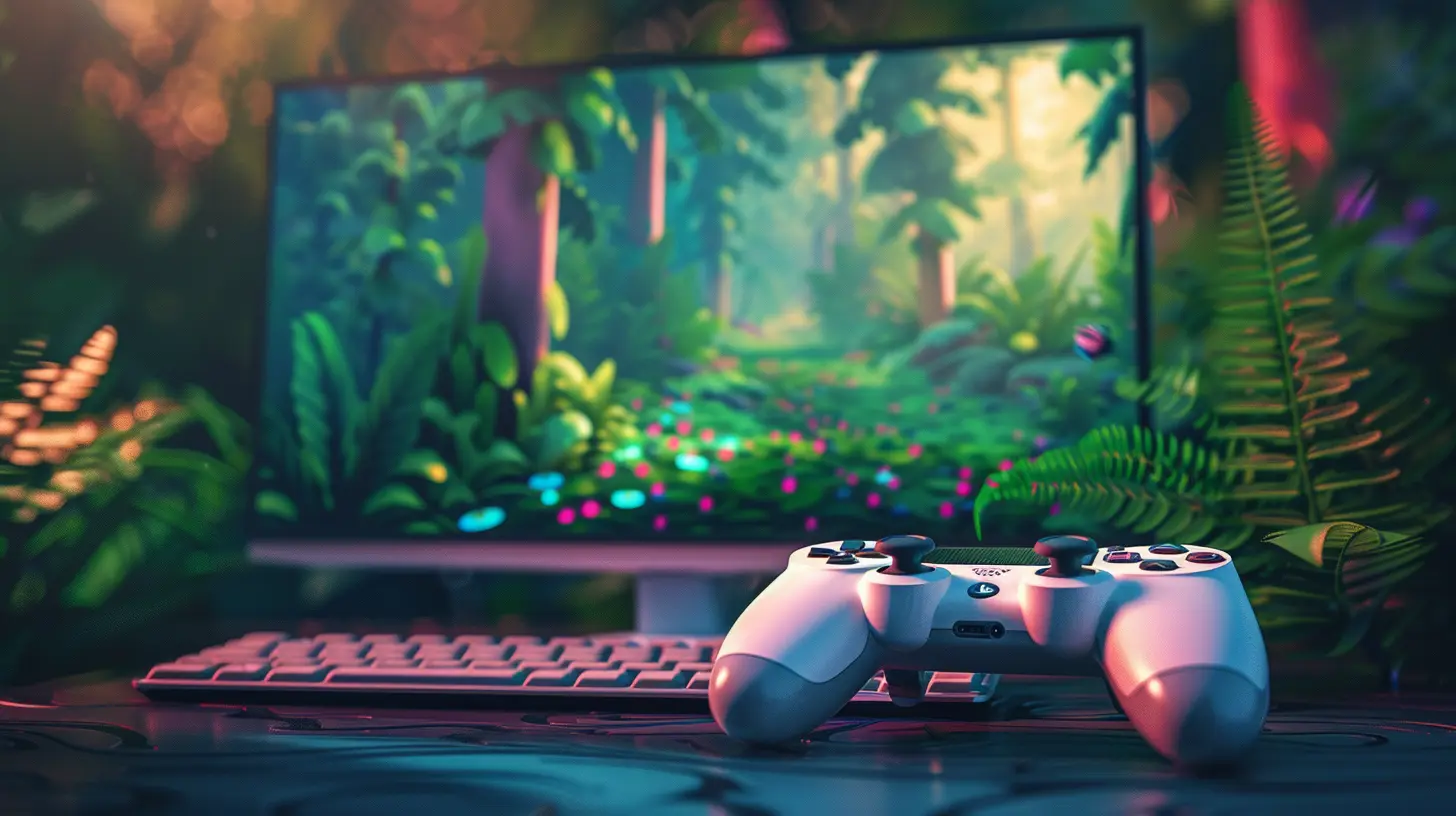
🎮 The Role of Art in Game Design
So, what exactly does “art” mean in the game dev world? It’s not just about drawing pretty stuff (though, yeah, that’s part of it). It’s about storytelling, emotion, and immersion. Game art includes:- Concept Art – The early design sketches that set the vibe
- Character Design – How we fall in love (or loathe) digital faces
- Environment Art – The settings that pull us into another world
- User Interface (UI) – How we literally see and navigate the game
- Animation and VFX – Motion that breathes life into every frame
A good artist in game development isn't just painting for fun. They're crafting visual narratives and emotional hooks that pull players in deeper than a quicksand trap.
But none of that sticks if it’s floating in space. That’s where the coders come in—wrangling the madness into playable reality.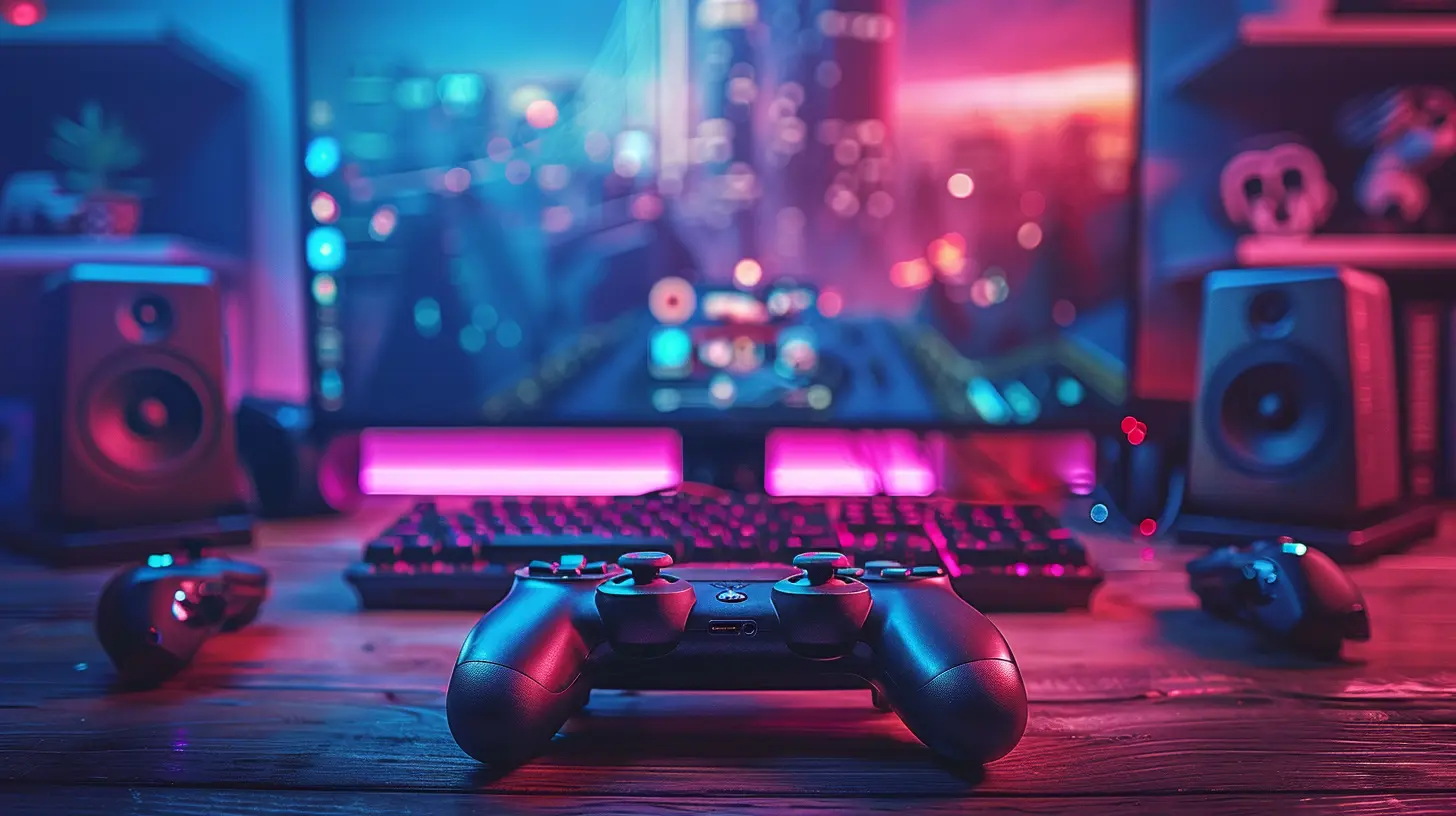
🧠 Code: The Invisible Hero Behind the Chaos
Where artists dream in colors and textures, developers dream in numbers and logic. And guess what? That’s kind of beautiful.Code is the invisible string that makes everything tick in perfect (or not-so-perfect) harmony. Without it, Mario wouldn’t jump, Lara Croft wouldn’t climb, and nothing would respond when you mash the buttons like a maniac during a boss fight.
Here’s how code pops up like a behind-the-scenes rockstar:
- Game Engines (Unreal, Unity, Godot) – The toolkits that combine visuals, physics, AI, sound, and more
- Physics Systems – Because yes, even in Fantasyland, gravity still sorta matters
- AI Programming – Those enemies that flank you smartly in stealth games? Yup, coders did that
- UI Behavior – Buttons that animate, menus that slide—code makes it smooth
- Gameplay Logic – Whether it’s a jump, shoot, or save mechanic, code makes it work
Developers use scripting languages (like C#, C++, Lua) to breathe life into static designs and turn them into interactive experiences. Artists draw the monster. Coders make it chase you. It’s symbiosis at its finest.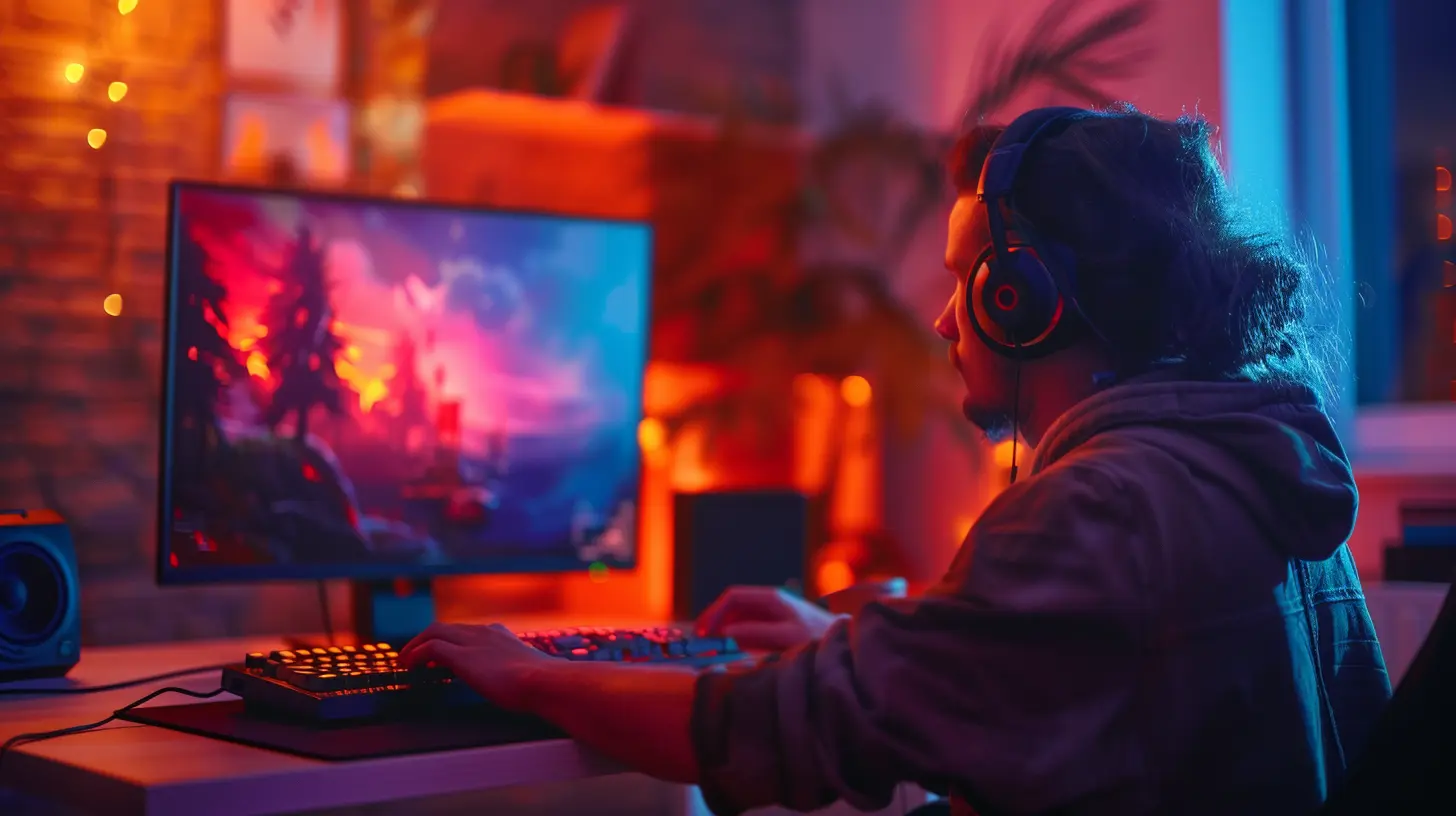
🤝 Collaboration: Where Magic Actually Happens
Here’s the juicy part—the real intersection of art and code. Think of it as a jam session between a jazz saxophonist and a roboticist. Sounds impossible, but when the tune hits? It’s unforgettable.In practical terms, artists and coders are in constant communication. And trust me, it’s not always rainbows and unicorns. Sometimes it’s more like dog barks and cat hisses. Why? Because they think differently.
- Artists want freedom. Detail. Expression.
- Coders want structure. Efficiency. Function.
The key to success? Compromise and understanding.
Imagine an artist spends two weeks designing a photo-realistic dragon with a 10,000-poly count. It looks incredible. But then the programmer says, “Cool, but now the game runs at 3 FPS on a toaster.” Uh-oh. Time to optimize.
So they meet in the middle—trim the fat, tweak the textures, rebalance the lighting. The dragon gets its glory, and the game stays playable. Teamwork makes the dream work, baby.
🎭 Emotional Storytelling Through Both Lenses
Let’s not forget story. Some of the best games out there feel like movies, and that’s no accident. Take games like Journey, Inside, or The Last of Us. They don’t just play—they speak to you.This emotional resonance is possible because art and code are in sync. The visuals set the mood. The sound design hits you in the feels. And the code ensures your experience is seamless enough that you almost forget you’re playing.
Imagine you're walking through a snowy landscape. The flurries gently swirl around, your footsteps make satisfying crunch sounds, and your character's coat slightly sways in the cold breeze. That's not luck. That’s intentional design, meticulously coordinated between creatives and techies.
🧪 Procedural Art: Where Code Becomes the Artist
Now here’s where things get really wild.Sometimes, coders don’t just support artists—they become the artists. How? Through procedural generation and algorithmic creativity.
Games like No Man’s Sky, Minecraft, and Spelunky use code to generate worlds, levels, and environments on the fly. That’s right—code that creates art. It’s like having a robot Bob Ross paint digital landscapes just for you.
But this isn’t just laziness or “cheat art.” It’s a design choice that allows for infinite variety and unique player experiences.
The real kicker? Artists and coders still need to work together to make sure these systems produce beautiful, logical outcomes. Otherwise, you get a randomly generated dungeon where all the treasure chests are inside walls. Whoops.
🖌️ Tools of the Trade: Where Art and Code Shake Hands
Thankfully, there’s a growing toolkit out there that makes the dance between art and code a whole lot smoother. Here are some MVPs in this creative crossover:- Unity & Unreal Engine – Let devs and artists work in tandem
- Shader Languages (like HLSL, GLSL) – Code that controls how things look
- Blender / Maya Integration – 3D models go from design to real-time animation
- Substance Painter – Textures that artists love and coders can actually use
- Visual Scripting Tools – For non-programmers who want to mess with logic (Think: drag ‘n drop code)
These hybrid tools create bridges instead of barriers. So whether you're a coder who doodles or an artist who can debug, there’s space for you in game dev.
🧙♂️ Game Jams: The Ultimate Test of Art-Code Fusion
Game jams (those 48-hour racing contests to build a game from scratch) are the perfect crash course in the art-code relationship.Why? Because they force collaboration under stress. Artists, coders, writers, musicians—all in one room, fueled by Red Bull and idealism, trying to make something playable in two days.
You’ll see magic. You’ll see breakdowns. But most importantly, you’ll see how beautiful things can happen when creativity and logic are forced to play nice together.
And hey, some real hits started in game jams. Celeste, anyone?
🌍 Cultural Impact and Diversity: When Art and Code Amplify Voices
One of the coolest things about this intersection? It amplifies stories and voices that might not get heard otherwise.When artists and coders from diverse backgrounds collaborate, we start seeing games that challenge norms and explore identities. Games like Gris, Never Alone, and Spiritfarer aren’t just fun—they’re meaningful.
They deal with grief, tradition, heritage, and human connection—all wrapped in visually stunning, mechanically brilliant packages. That’s not just gamedev. That’s digital storytelling on steroids.
🔮 What's Next? The Future of Art-Code Harmony
With the rise of AI tools, immersive VR, and real-time rendering like Unreal Engine 5, the line between art and code is blurring fast. We’re moving into a future where one person can do what once took whole studios.But that doesn’t mean the need for collaboration is going away. If anything, it’s becoming more important. Because automation can’t replace soul—and soul is born where art and code collide.
So whether you’re an aspiring developer, a digital artist, or just someone who loves pressing “X to pay respects,” remember: behind every frame of brilliance you experience in a game, there’s a beautiful mess of brushstrokes and brackets working together.
🎉 Final Thoughts: Let’s Keep Dancing
The intersection of art and code in video game creation isn't a battle—it’s a love story. One that’s messy, sometimes argumentative, but always worth watching. It’s a dance, a duet, a dynamic duo that keeps us dreaming, clicking, and mashing buttons like our lives depend on it.So next time you're admiring that epic boss fight or crying your eyes out at an emotional cutscene, take a second to thank both the artist and the coder. Because without either, that moment wouldn’t even exist.
Game on, friends.
all images in this post were generated using AI tools
Category:
Gaming IndustryAuthor:

Emery Larsen
Discussion
rate this article
1 comments
Thalia Foster
Awesome blend of creativity!
August 30, 2025 at 3:35 PM

Emery Larsen
Thank you! I'm glad you enjoyed it!
